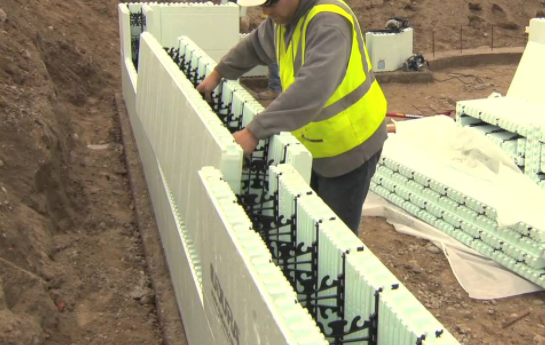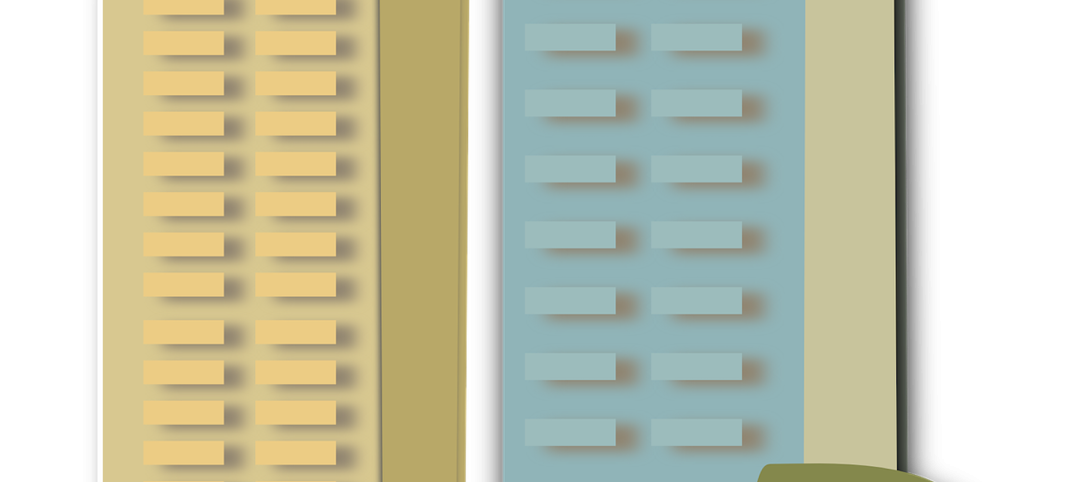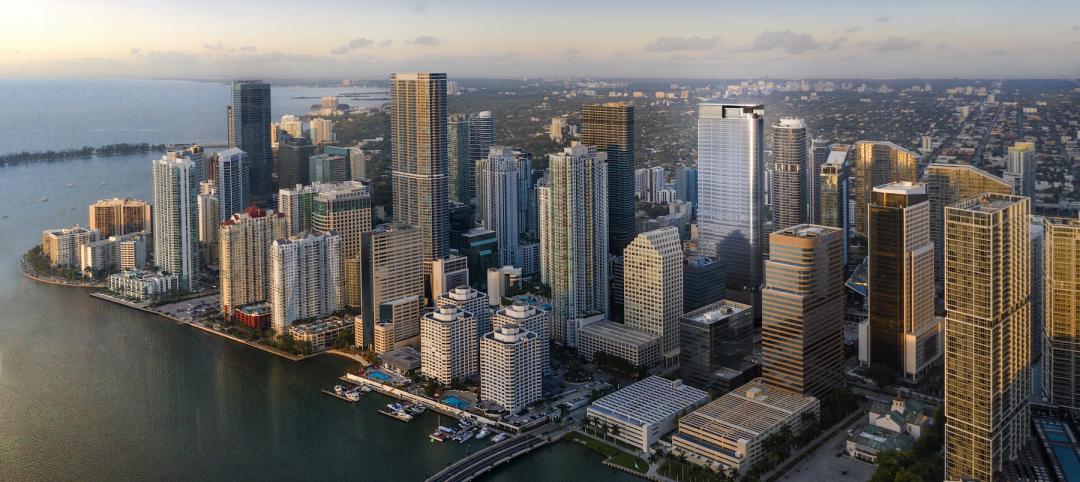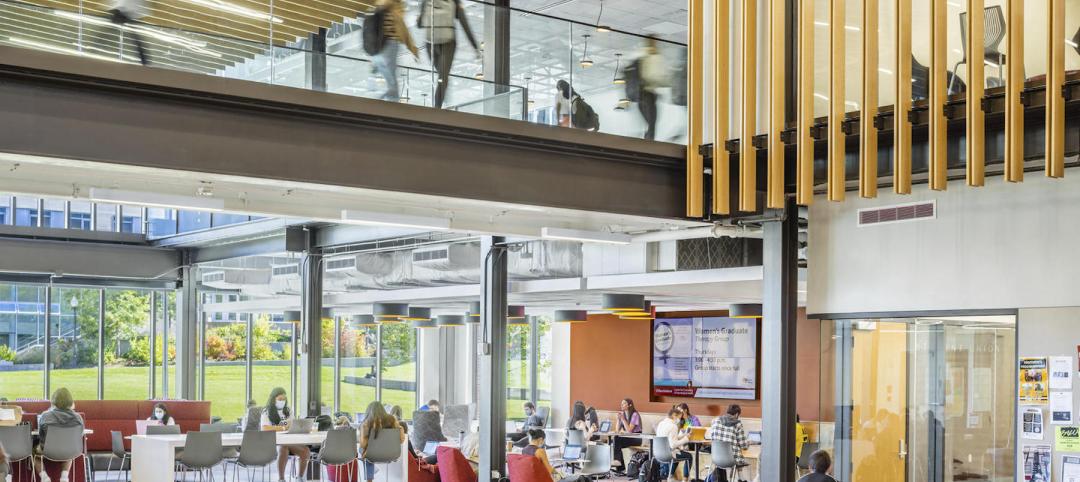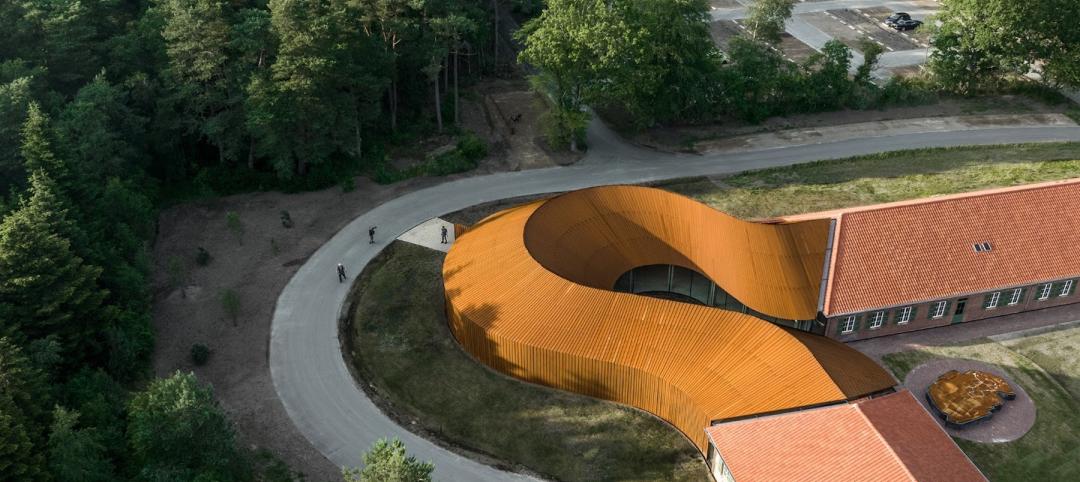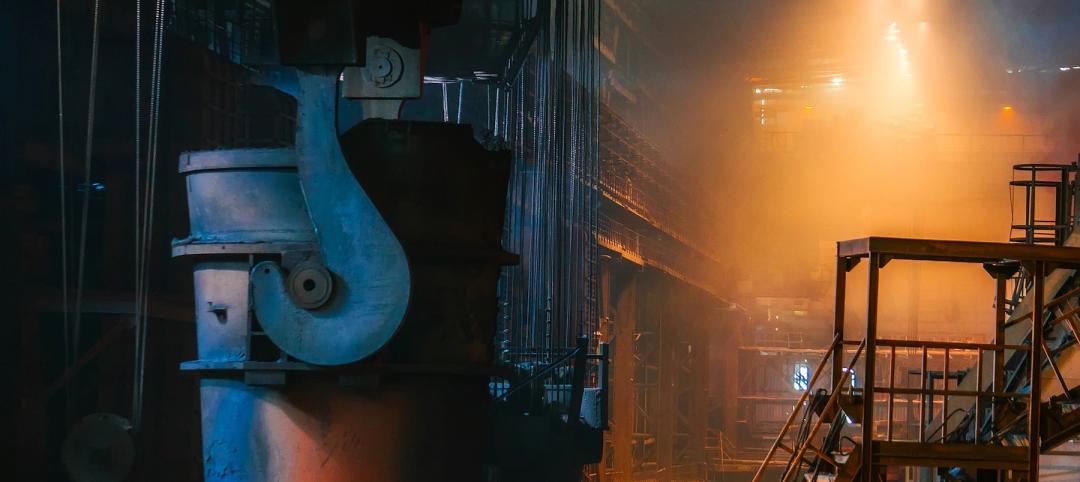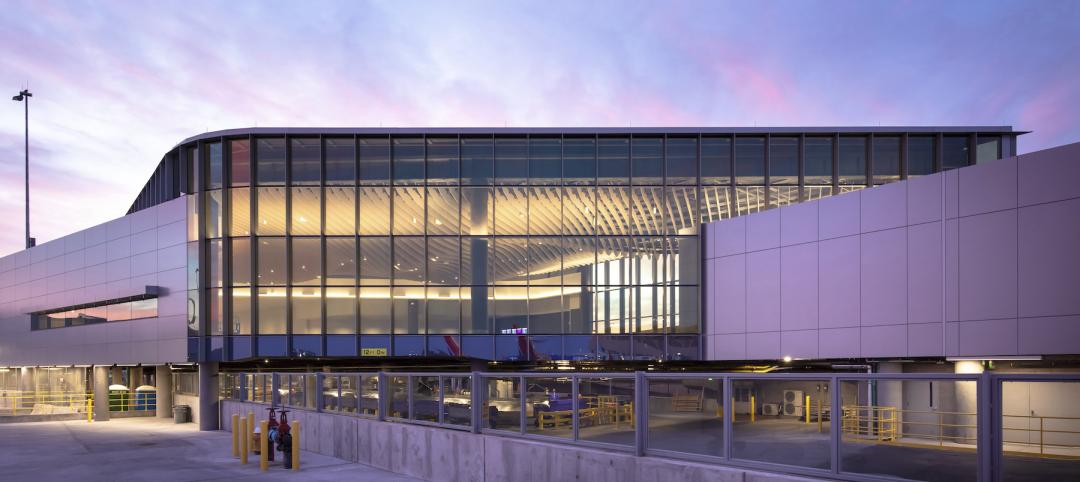Insulating concrete forms have a long history of success in low-rise buildings, but now Building Teams are specifying ICFs for mid- and high-rise structures—more than 100 feet. ICF walls can be used for tall unsupported walls (for, say, movie theaters and big-box stores) and for multistory, load-bearing walls (for hotels, multifamily residential buildings, and student residence halls).
Our trusted ICF experts offer the following tips for designing and constructing tall ICF walls:
1. Pre-plan your job by drawing a simple cross section with the ICF you are using.
The cross section will show you how openings line up with the coursing of the ICF joints and where embeds will be placed, says Glen Klassen, regional manager with ICF manufacturer Arxx, Cobourg, Ont. "During the build process, your crew can follow this cross section to know when to stop placing forms and start placing embeds."
2. Account for the ICF formwork course height.
Designers can greatly reduce the amount of formwork cuts the contractor will be required to make by considering the course height of the ICF product when designing the walls, says Kelvin Doerr, VP of engineering and technical services for Reward Wall Systems, Omaha, Neb. Doerr says architects should factor in wall heights, window heights, and floor elevations when possible.
3. Base concrete slump and aggregate size on ICF manufacturer recommendations.
Both concrete slump and aggregate size are impacted by the formwork tie configuration within the formwork cavity, as well as by the amount of open space available around the ties to allow concrete to effectively flow within the forms, says Donn C. Thompson, AIA, LEED AP, CGP, director of Low Rise Buildings with the Portland Cement Association, Skokie, Ill. "Ties with smaller openings will require smaller aggregate to insure the concrete flows effectively through the forms," he says.
Arxx's Klassen offers this rule of thumb: If the concrete is restricted slightly at the top form around the rebar before flowing into the wall, it's just right. If the concrete gets restricted to the point of not flowing down into the wall, it's too low of a slump. If the concrete flows freely into the wall with no restriction, it is likely too high a slump.
4. Consider the STC rating needed for the job.
Once you know the sound transmission class, consider what needs to be added to the ICF wall if an STC rating of 50 or higher is required, says John Krzic, accounts manager with Amvic Building System, Toronto. "For example, by adding a resilient channel to the ICF wall and then installing the drywall, it will increase the STC rating of the wall assembly," says Krzic.
5. Take steps to ensure the concrete completely fills the form.
"One concern with tall ICF walls is that concrete may not fill all parts of the form since the walls are generally thin," says Lionel Lemay, PE, SE, LEED AP, CAE, senior VP of sustainable development, National Ready Mixed Concrete Association, Silver Spring, Md. To help avoid holes and gaps in the concrete pour, Lemay advises the following:
-
Place a single layer of reinforcement in the center of the wall to allow for more space on either side of the reinforcement.
-
Allocate greater spacing of reinforcement than is required in ACI 318 14.5, which requires a maximum spacing of three times the wall thickness or 18 inches, whichever is smaller.
Consider using self-consolidating concrete. "Keep in mind that self-consolidating concrete exerts greater pressure on forms, so additional bracing will be required for most ICF systems," says Lemay.
6. Specify an ICF that is fully reversible.
"These forms have no top, bottom, left, or right side, and, therefore, are more efficiently stacked, reducing construction costs," says Reward's Doerr.
7. Repeat window patterns when possible.
In multistory load-bearing applications such as multifamily, senior living, and hotel projects, try to repeat window patterns from floor to floor so that the openings remain stacked for the full height of the wall assembly, says PCA's Thompson. This maximizes efficiency in design and construction.
8. Make sure, in noncombustible Type I, II, III, and IV multistory building projects, that the noncombustible floor system intersects the foam plastic on the interior of the building.
"The foam plastic must not be continuous from floor to floor, and special detailing is necessary to meet these requirements," says Doerr. In addition, IBC states that interior walls must be covered with a 15-minute thermal barrier. Doerr says half-inch gypsum board will do the trick.
9. Brace from the inside.
The higher the wall, the more difficult and costly it is to reach the exterior of the wall with bracing, says Amvic's Krzic. "Proper bracing will help to ensure that walls will be straight and level," he says. "This is important as it can affect other sub trades, wall finishes, and structural integrity of the building."
More on insulating concrete forms at:
13 tips on working with insulating concrete forms
How Insulated Concrete Forms Help Reduce Energy Consumption
English inspired church built with insulated concrete forms
Related Stories
Building Team | Jul 13, 2022
The YIMBY movement emerges as valuable advocate for affordable housing
Over the past few decades, developers grew accustomed to nothing but staunch opposition to dense affordable housing project proposals.
Energy | Jul 13, 2022
Electrification of buildings, new and old, furthers environmental responsibility and equity
It’s almost a cliché in our industry, but nonetheless: The greenest building is the one that is already built.
Building Team | Jul 13, 2022
Austin’s newest entertainment and hospitality complex has been made from repurposed shipping containers
A new entertainment and hospitality complex in Austin, The Pitch, has been made out of repurposed shipping containers.
Codes and Standards | Jul 12, 2022
USGBC sets out principles for LEED’s future
The U.S. Green Building Council recently published a report containing principles outlining how LEED will evolve.
Building Team | Jul 12, 2022
10 resource reduction measures for more efficient and sustainable biopharma facilities
Resource reduction measures are solutions that can lead to lifecycle energy and cost savings for a favorable return on investment while simultaneously improving resiliency and promoting health and wellness in your facility.
Office Buildings | Jul 12, 2022
Miami office tower nears completion, topping off at 55 stories
In Miami, construction of OKO Group and Cain International’s 830 Brickell office tower is nearing completion.
University Buildings | Jul 11, 2022
Student life design impacts campus wellness
As interior designers, we have the opportunity and responsibility to help students achieve deeper levels of engagement in their learning, social involvement, and personal growth on college campuses.
Museums | Jul 11, 2022
Denmark opens a museum that tells the stories of refugees worldwide
Located on the site of Denmark’s largest World War II refugee camp, the new Refugee Museum of Denmark, FLUGT, tells the stories of refugees from the camp as well as refugees worldwide.
Codes and Standards | Jul 8, 2022
Inefficient supply chains, outdated project delivery systems hamper construction investment
Constructing and justifying the cost of physical assets such as a manufacturing plant is much more difficult than it was decades ago, according to a report by Steffen Fuchs, senior partner with McKinsey & Company.
Airports | Jul 8, 2022
Phoenix Sky Harbor Airport’s new terminal prioritizes passenger experience and sustainability
McCarthy Building Companies recently completed construction of the final concourse in Terminal 4 at Phoenix Sky Harbor International Airport.


